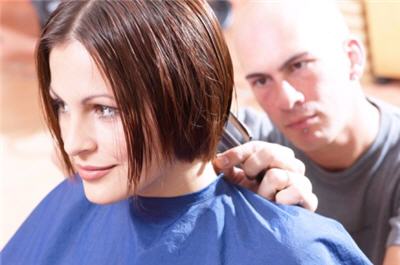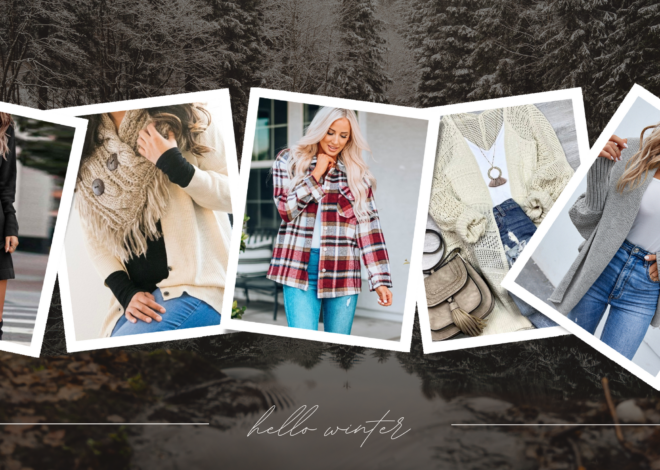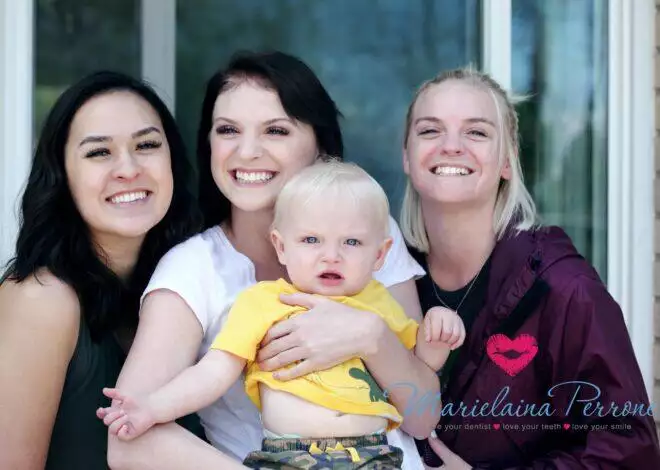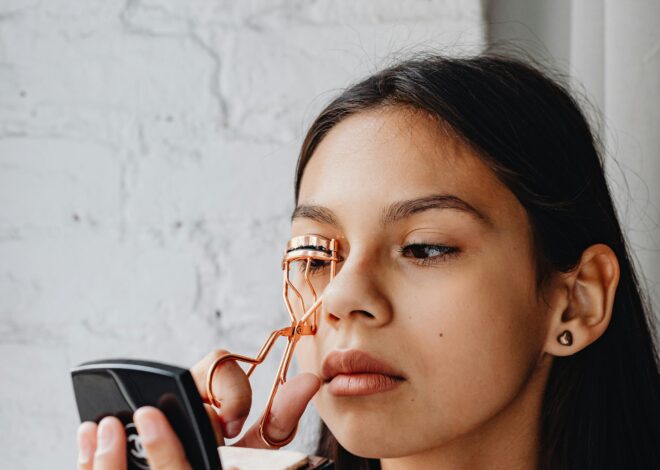So you want to color your hair, but you’re a little hesitant. That’s understandable considering how complicated the whole process can seem. Should you get one all-over color, highlights or both? Are semi-permanent or permanent formulas better for you? And what is balayage, anyway? We’ve come up with these haircolor cliff notes to get you started, but the best resource is always a professional colorist. So read up, then take what you’ve learned to your local salon.
Learn the lingo
Brush up with this little glossary of the most common haircolor terms:
Tone:
The base of every haircolor, tones come in beige, gold, ash or neutral. Tones are also classified as warm and cool – just like our skin.
Ammonia:
An ingredient in permanent and some semi-permanent colors that opens up the hair cuticle so color can be absorbed.
Peroxide:
Also in permanent formulas, peroxide acts as a developer or oxidizing agent that helps color molecules bond to the hair and can also be used to lift color from the hair.
Single process color:
The process by which a single shade (permanent, semi or demi-permanent) is applied to the entire head, creating a new base color. Also known as a one-process color.
Permanent color:
This is just what it sounds like — color that can’t be washed out (although it may fade depending on how diligently you care for it). Permanent color can be done as either a single process or highlights and is the only formula capable of lightening hair and completely covering gray.
Semi-permanent color:
Color that washes out in 6 – 8 shampoos. Unlike permanent color, semi-permanent formulas contain no, or very low-levels of ammonia and peroxide, so they don’t penetrate the hair shaft. This means your results depend on the porosity of each individual strand and subtle variations throughout the color are common, which can look very pretty and natural. On the flip side, the inconsistency means that gray hair cannot be covered as effectively.
Demi-permanent color:
These formulas last longer and cover gray better than semi-permanents (in fact they can cover up to 70% of grays), washing out gradually over about 24 shampoos (although darker shades may be even more durable), which makes root regrowth less noticeable.
Highlights:
Unlike single-process color which dyes your entire head, highlights lighten and brighten only certain sections of hair. Highlights are permanent and rely on ingredients like peroxide, bleach or ammonia to lift color from the hair. A common misconception is that highlights must be blonde, but they can actually be any shade that’s at least 2 hues lighter than your overall color.
Low-lights:
The opposite of highlights, low-lights darken sections of hair to add warmth and dimension. They’re especially popular at the end of summer to counteract the bleaching effects of the sun.
Balayage:
From the French word meaning “to sweep,” balayage is a popular highlighting technique that involves sweeping color onto sections of hair from the root to the tip. At the root the color is applied only sparingly, then gets more intense toward the ends, which results in a naturally sun-bleached look. As hair grows out, the roots are not as obvious thanks to the lighter application at the base of the hair.
Glaze:
Much like putting a top coat on your nail polish, glaze coats the hair shaft with shine and subtle, semi-permanent color and lasts only about a week or two.
Gloss:
More permanent than glaze, gloss adds shine and can be used to adjust the tone of haircolor or highlights (if they’re too bright or brassy for example). Glosses can be either clear or tinted, with clear versions offering longer lasting shine. Unlike glaze, gloss does penetrate the hair, which helps it last from two to four weeks depending on how often you shampoo.
Shady business
So now that you know what types of haircolor are out there and how they work, it’s time to choose the right one for you. Despite the laundry list of formulas and ingredients, selecting a color is often the toughest decision of all. In fact, according to a recent survey done by Wella Professionals, 37% of the women surveyed said finding the right shade was their biggest haircolor fear. However this is where a pro colorist can really help. Rather than relying on a synthetic swatch or picture on a box, colorists use their training and years of experience to help you select just the right hue. “Color should always complement a client’s skin tone,” says celebrity colorist Aura Friedman, of New York City’s Serge Normant Salon, “and the most important thing to determine is whether she is cool or warm.” But just how do colorists make this classification? By looking at your complexion and natural haircolor.
You’re Cool If…
Your hair is bluish-black, dark brown, medium ash or golden blonde and your skin is pale with pink or very little undertones, moderately fair with subtle pink or golden undertones, dark brown or olive.
You’re Warm If…
Your hair is red, golden or deep brown, strawberry or golden blonde and your skin is pale with peach or gold undertones, brown with pink, caramel or golden undertones or freckled.
Your Colorist Has the Tools!
Remember that no matter where you fall in the spectrum of warm or cool, your colorist has an arsenal of tools to find the best color for you.





